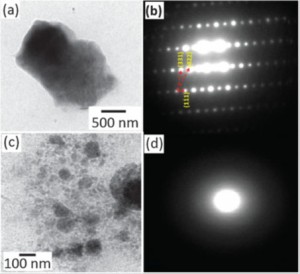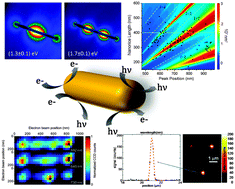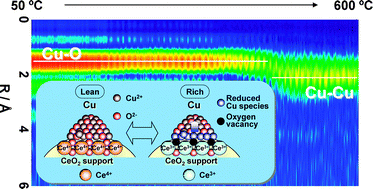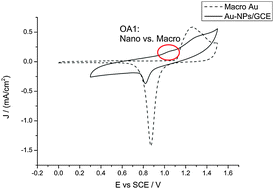Superresolution imaging and fabrication with light
Guest Editors: Françisco M. Raymo (University of Miami, USA)
Deadline for Submissions: 8 April 2013
Submit using our online submission service
There is still time to contribute to the high-profile themed issue ‘Superresolution imaging and fabrication with light’.
The themed issue will be published in PCCP in 2013. It will receive great exposure, and get significant promotion.
It is essential that all submissions to PCCP should contain new physical insight and contributions to this themed collection will be assessed on this basis.
- Manuscripts can be submitted in any reasonable format using our online submissions service
- Submissions should be high quality manuscripts of original, unpublished research
- Communications and full papers can be submitted for consideration, which will be subject to rigorous peer review
- Please indicate upon submission that your manuscript is intended for this themed is intended for the themed issue
Please contact the PCCP Editorial Office to let us know you plan to contribute an article.












 Emilie Ringe and co-authors have comprehensively reviewed recent progress in single particle studies of plasmonic nanostructures. They also highlight the exciting and very interdisciplinary future prospects for this field.
Emilie Ringe and co-authors have comprehensively reviewed recent progress in single particle studies of plasmonic nanostructures. They also highlight the exciting and very interdisciplinary future prospects for this field.




